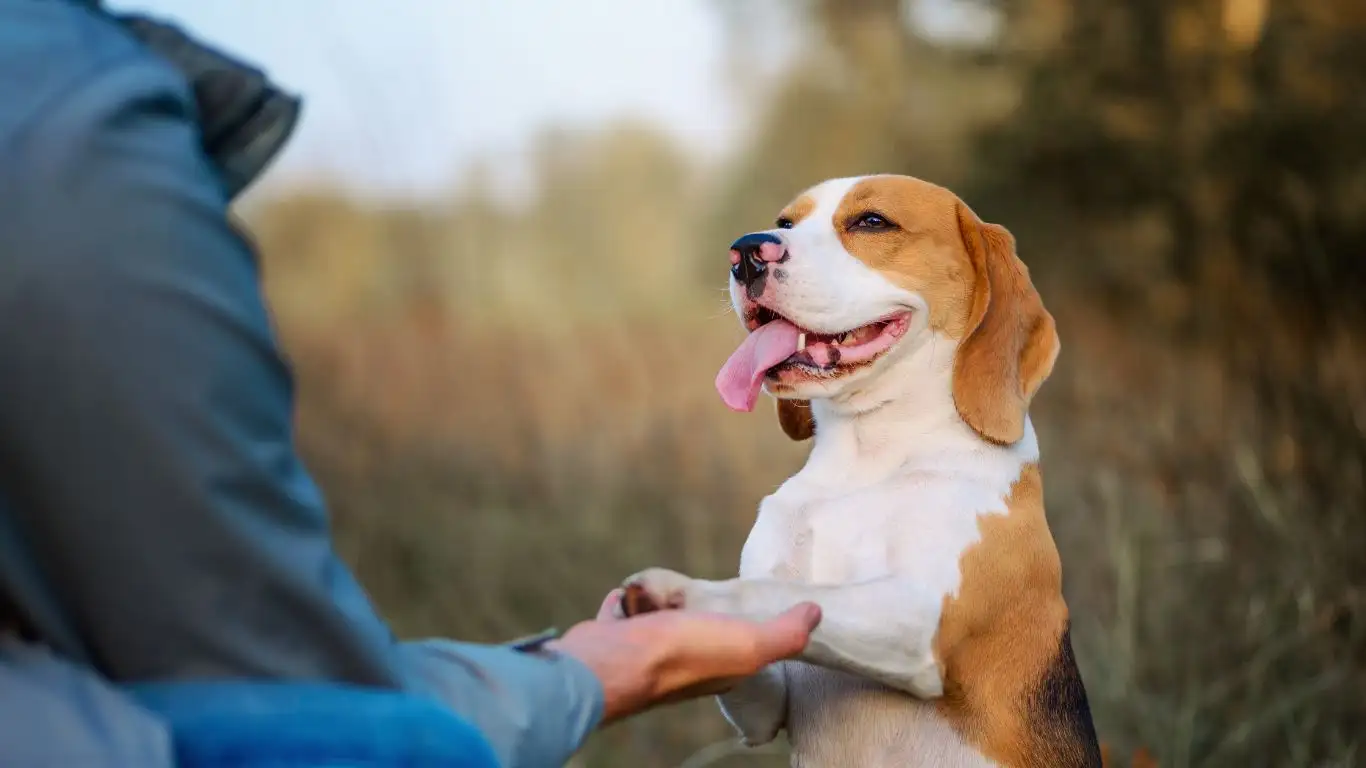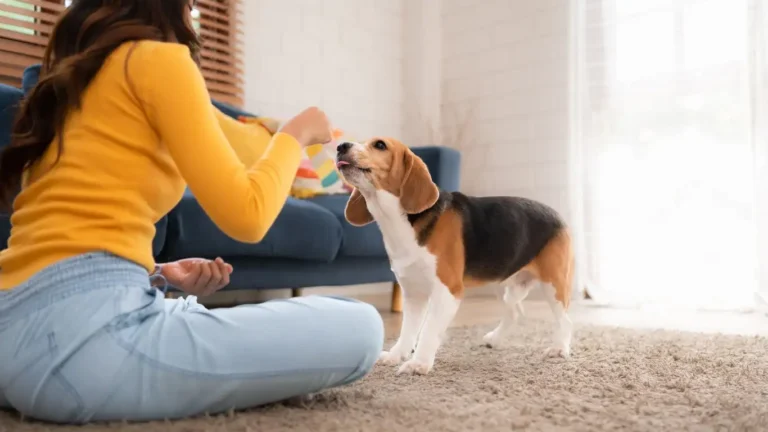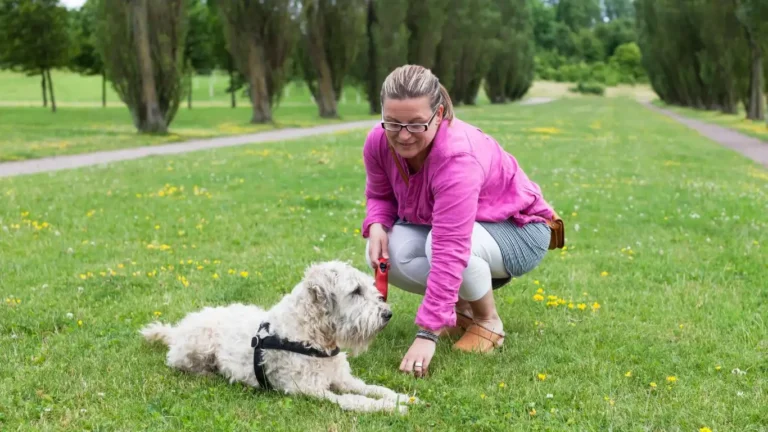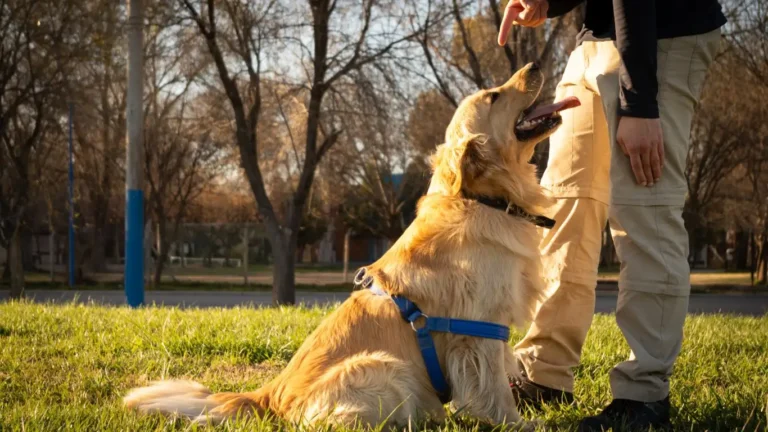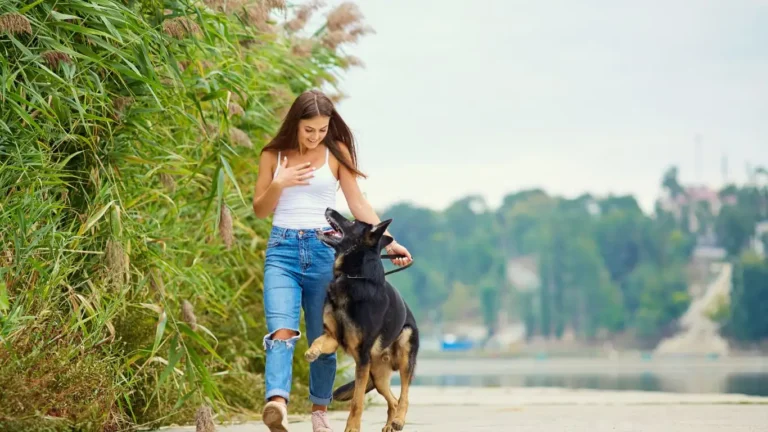How to Train Your Dog to Stay Calm Around Barking Dogs
Training a dog to remain calm around other barking dogs is one of the most challenging yet rewarding aspects of canine behavior training. If you’ve ever taken your dog for a walk and found yourself caught in a tug-of-war with your pet as they react to every dog they see barking, you know exactly how frustrating and stressful the situation can be. But don’t worry, it’s not just you—many dog owners face this exact issue. The good news is that with the right techniques, consistency, and patience, you can train your dog to stop reacting to other dogs’ barks. Based on my years of experience as a Canine-Assisted Therapy Trainer, I’ll walk you through the process, providing you with practical tips and insights to help your dog remain calm and collected in these situations.
Understanding Why Dogs React to Other Dogs Barking
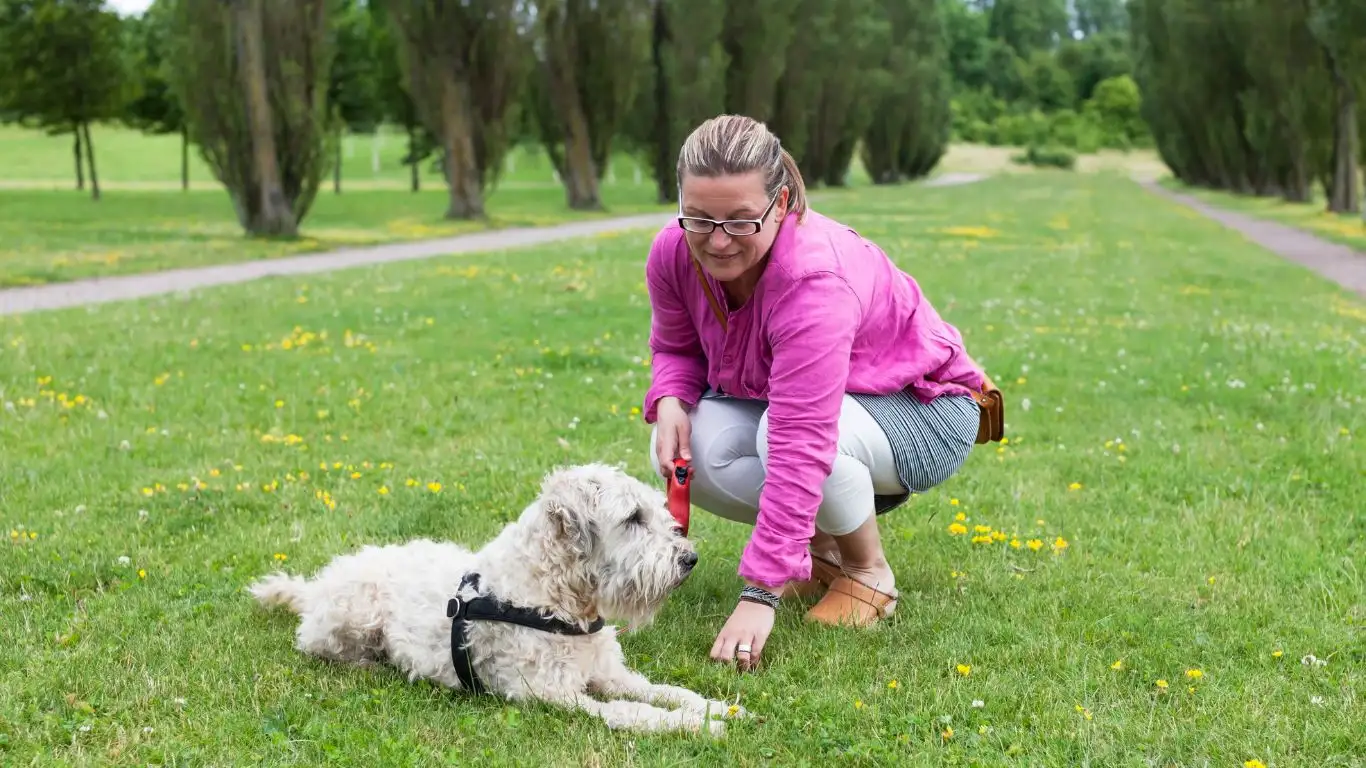
Before we dive into the training techniques, let’s take a moment to understand why dogs react to other dogs barking in the first place. Dogs are naturally social animals, and many of them find it hard to ignore other dogs’ vocalizations. Whether it’s a territorial reaction, excitement, fear, or frustration, these responses are all deeply rooted in canine instincts. For some dogs, barking from another dog triggers an innate need to either protect their space or communicate back to the other dog. For others, it’s simply an emotional response—think of it as a reflex. These are the things you need to consider when training your dog to be calm around barking dogs.
Common Triggers Behind Barking Reactions
- Territorial Instincts: Some dogs view other dogs’ barks as an intrusion into their territory and may respond aggressively or defensively.
- Excitement or Anxiety: For others, it’s a sign of excitement or anxiety, particularly if they’re not used to being around unfamiliar dogs.
- Lack of Socialization: Dogs who haven’t been adequately socialized may react strongly to the presence of other dogs, especially those that bark.
- Frustration: Dogs on a leash, or confined in a space, may bark back due to frustration or a feeling of being trapped, unable to approach the other dog.
Recognizing the underlying cause of your dog’s reaction will guide your approach to training. Is your dog anxious? Are they just too excited? Or are they territorial? Each of these responses requires a different strategy. Let’s break it down further so that you can address your dog’s specific needs.
Training Techniques to Help Your Dog Stop Reacting to Other Dogs Barking
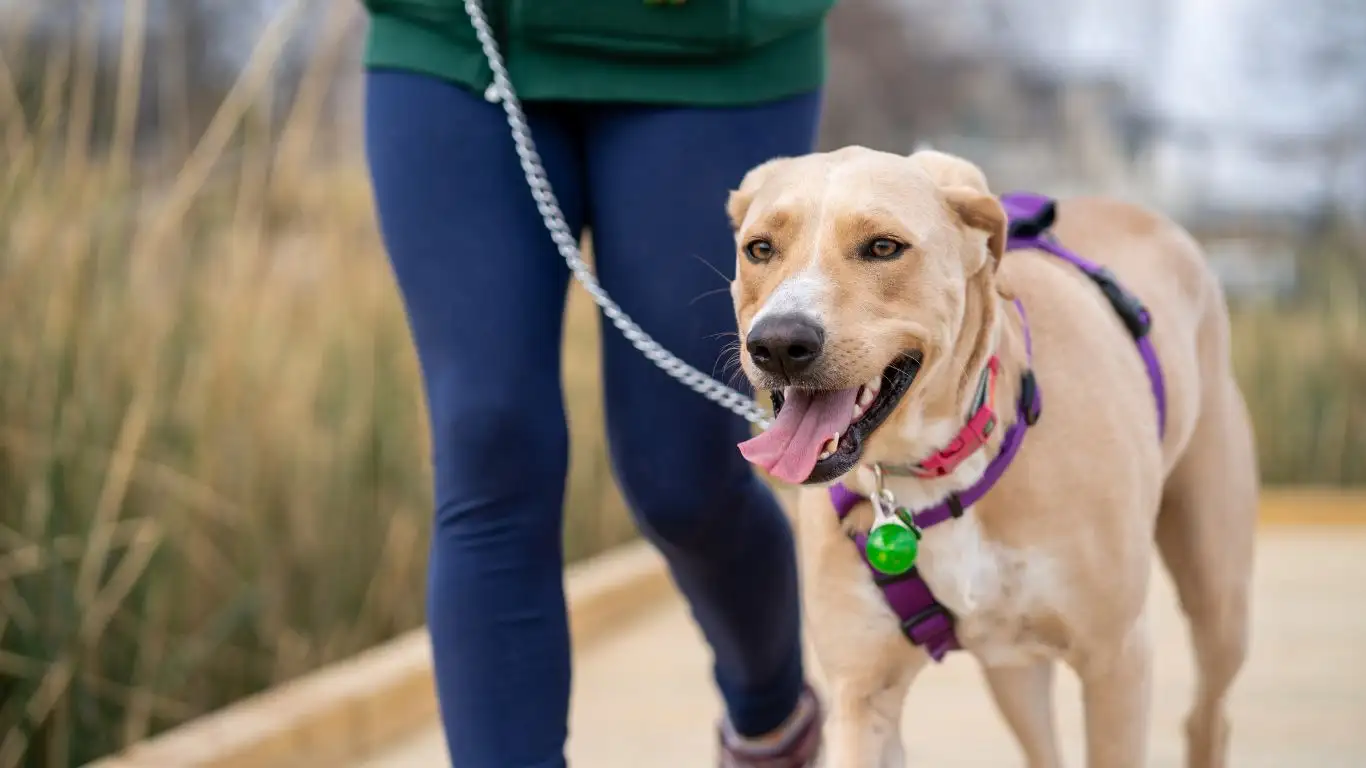
Now that we’ve covered some of the reasons why your dog might be reacting, it’s time to dive into the techniques you can use to stop those reactions. It’s all about creating positive associations, using consistent reinforcement, and working through the behavior at a pace your dog can handle. Here are the strategies I’ve used in my career to train dogs to stay calm around barking dogs:
1. Counter-Conditioning: Turning Barking Into a Positive
If your dog barks in response to another dog’s bark, counter-conditioning is one of the most effective tools in your training toolbox. This method is all about changing your dog’s emotional response to the trigger (i.e., barking dogs) and replacing it with a more positive reaction. The key is to reward calm behavior and ignore or redirect the unwanted behavior.
Here’s how you can do it:
- When you hear a dog barking, immediately give your dog a treat or praise when they stay calm.
- As your dog gets better at remaining calm, gradually increase the difficulty by exposing them to barking dogs from a distance.
- Over time, your dog will associate the barking with something positive (like treats or playtime) and begin to ignore the sound.
It’s a process that takes time and consistency, but with patience, your dog will learn to view the sound of barking as a neutral event rather than a trigger for their excitement or anxiety.
2. Teaching the ‘Look at Me’ Command
One of the most useful commands I teach dogs is the “Look at Me” command. When your dog starts to react to a barking dog, redirect their focus by having them look at you. This takes practice, but it’s incredibly effective in getting your dog’s attention off the barking dog and onto you. Here’s how to do it:
- Start by getting your dog’s attention with a treat and say “Look at me” while holding the treat near your face.
- When your dog looks at you, immediately reward them with the treat and praise them for their attention.
- Practice this in different environments and with distractions, including during walks when you know other dogs may be barking.
The goal here is to teach your dog that when they hear another dog barking, looking at you and staying calm is the best response, especially when there’s a reward waiting for them.
3. Desensitization: Gradual Exposure to Barking
Desensitization involves gradually exposing your dog to the sound of barking dogs in controlled situations so they can learn to tolerate it without reacting. It’s important to start at a distance where your dog feels safe and isn’t overwhelmed. The key is to increase the exposure level slowly as your dog becomes more comfortable.
Here’s how you can begin:
- Start with recordings of dogs barking at a low volume or real-life barking sounds from a distance, far enough away that your dog doesn’t react.
- Each time your dog hears the barking, reward them for staying calm.
- Gradually increase the volume or decrease the distance over time as your dog gets more accustomed to the barking sounds.
By desensitizing your dog in this way, you can reduce their instinctual reactions over time, helping them to remain calm even when they hear other dogs barking in the real world.
4. The Power of Positive Reinforcement

One of the fundamental principles I always emphasize in my training is the power of positive reinforcement. It’s a simple concept: reward the behavior you want to see more of. When your dog remains calm in the presence of other barking dogs, that’s the exact moment you want to offer praise, treats, or their favorite toy. Positive reinforcement builds a connection in your dog’s mind between calm behavior and rewards, making it much more likely that they’ll repeat that calm behavior in the future.
In my experience, I’ve found that dogs who respond well to positive reinforcement tend to make faster progress in reducing their reactions. The key is to make sure that the reward is something your dog truly values. For example, if your dog loves a particular treat, use that as a high-value reward. If they’re toy-driven, a quick game of tug or fetch can be just as motivating.
5. Managing Leash Reactivity
If you’ve ever found yourself in a tug-of-war with your dog on a walk, trying to manage their reaction to a barking dog across the street, you’re not alone. Leash reactivity can be one of the most frustrating behaviors to deal with because it often amplifies your dog’s instinctual reaction to other dogs. When your dog is on a leash, they don’t have the option to move away, so they often react by barking, lunging, or pulling toward the other dog.
To address this, the goal is to give your dog some space, both physically and mentally, so they feel less trapped by the leash. Here are a few tips for managing leash reactivity:
- Give Your Dog More Space: When you see another dog approaching, try to move your dog to the other side of the street or into a quiet area where they won’t feel as crowded or threatened.
- Use a Gentle Leader or Head Halter: These tools can help you redirect your dog’s attention and give you more control over their movements without resorting to harsh corrections.
- Practice Focused Walks: Teach your dog to focus on you while walking. This not only helps with leash reactivity but also strengthens your bond with your dog, which can make training easier.
By managing the leash situation and providing your dog with clear guidance, you can help them feel more comfortable and confident in situations where other dogs are barking.
6. Understanding the Importance of Consistency and Patience
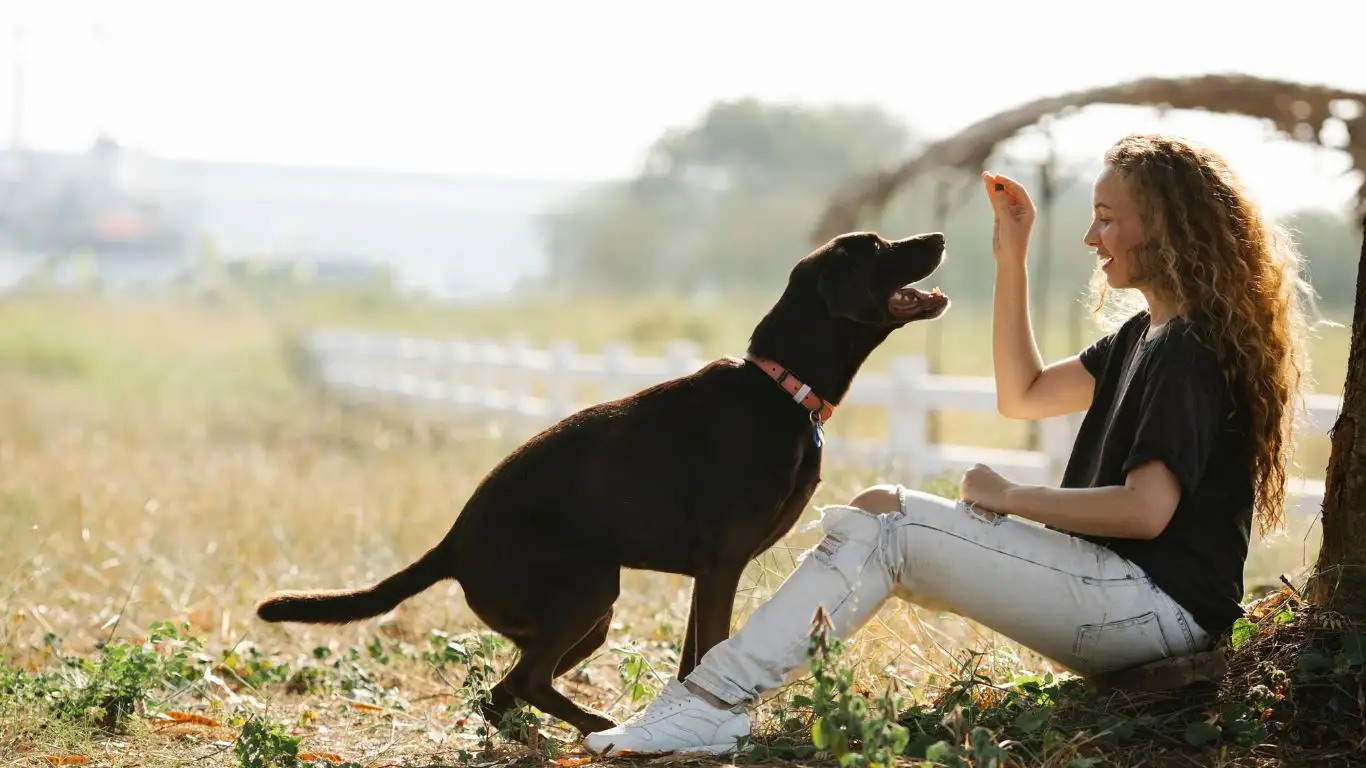
Consistency and patience are the unsung heroes of dog training. I’ve worked with countless dogs who showed initial signs of improvement, only for owners to lose confidence or get frustrated when the behavior didn’t immediately disappear. It’s natural to feel that way, but in my experience, those who stay consistent with their training—and who allow themselves to be patient with their dog’s progress—see the best results over time.
Each dog is different, so don’t be discouraged if your dog doesn’t stop reacting after just a few sessions. Some dogs may take a little longer to adjust, while others may show rapid improvement. As with any behavior change, the key is to keep practicing and reinforcing the calm behavior you want to see. Here are a few tips to keep in mind:
- Set Realistic Expectations: If your dog has been reacting for years, don’t expect instant results. Set small, achievable goals for each training session.
- Celebrate Small Wins: Even if your dog only stays calm for a few seconds before reacting, celebrate that progress! Over time, those small victories will add up.
- Stay Calm and Confident: Dogs are highly attuned to their owners’ emotions. If you’re stressed or frustrated, your dog may pick up on that and become more reactive. Stay calm, and your dog will follow your lead.
As I always tell my clients, training a dog is a marathon, not a sprint. So take a deep breath, stay consistent, and trust the process. You’re doing great!
7. When to Seek Professional Help
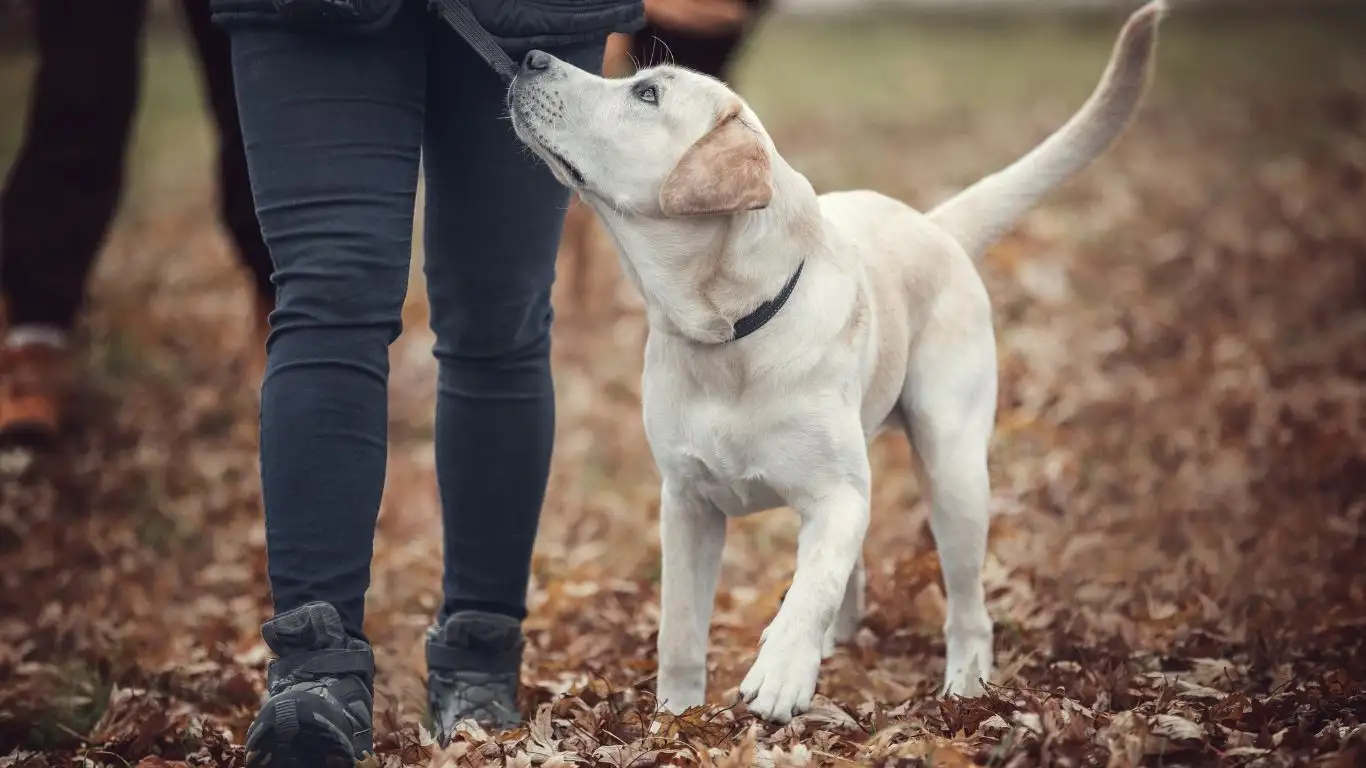
While many dog owners can successfully train their pets on their own, there are situations where it might be best to seek the help of a professional dog trainer, especially if your dog’s reactions are extreme or if you’re feeling stuck. If you’ve tried all of the above techniques and still struggle to make progress, a professional trainer can provide tailored guidance and more advanced behavior modification strategies.
Here are some signs that it might be time to reach out for help:
- Severe Reactivity: If your dog is showing signs of aggression or extreme fear around barking dogs (lunging, growling, snapping), a professional can help assess the situation and work with your dog to address these behaviors safely.
- Inconsistent Results: If you’re not seeing consistent improvement despite your best efforts, a professional trainer might spot something you’re missing, like subtle body language cues or timing issues with rewards.
- Lack of Confidence: If you feel unsure about how to proceed or how to handle your dog’s reactions, a trainer can help boost your confidence and teach you more effective techniques.
Remember, there’s no shame in asking for help when you need it. In fact, working with a trainer can speed up your dog’s progress and make the whole training experience more enjoyable for both you and your pet.
Training a dog to stop reacting to barking dogs is an ongoing journey that requires patience, consistency, and dedication. By understanding your dog’s triggers, using positive reinforcement, and incorporating strategies like desensitization and counter-conditioning, you can help your dog learn to remain calm and collected. And, if necessary, don’t hesitate to seek professional help to fine-tune your approach.
8. Advanced Training Techniques for Long-Term Success

As your dog progresses with the basics, it’s time to incorporate more advanced techniques to ensure long-term success in reducing reactivity to barking dogs. These advanced methods not only reinforce your dog’s calm behavior but also prepare them for real-world situations that may be more challenging. Here are a few strategies that I’ve found especially effective for those dogs who need that extra level of focus and precision:
1. Training Under Distraction
One of the biggest challenges in dog training is moving from controlled environments to more chaotic, real-world situations. For example, a dog might be fine when you practice training at home but start reacting when they’re on a busy street filled with barking dogs. To help your dog generalize the calm behavior, it’s important to train them under progressively more distracting conditions.
Here’s how you can do this:
- Start small: Begin by practicing in quieter environments with a few mild distractions, like the sound of distant barking or people passing by.
- Gradually increase distractions: Over time, move your training sessions to busier areas, such as a park with more dogs, and challenge your dog to stay focused.
- Use the “look at me” command: Reinforce the “look at me” command when distractions increase to help your dog refocus on you.
By slowly adding more distractions, you’re teaching your dog to remain calm regardless of their surroundings—this is crucial for when you encounter other barking dogs during walks or in public places.
2. The Role of Exercise in Managing Reactivity
As I’ve worked with more and more dogs, I’ve seen firsthand how exercise can play a huge role in managing reactivity. Dogs who are pent-up with energy are more likely to react impulsively to external stimuli, like barking dogs. Regular physical activity helps release that energy and can significantly reduce your dog’s level of reactivity. But there’s a twist—this isn’t just about going for a run or a walk.
Incorporating mental stimulation is just as important as physical exercise. Activities like puzzle toys, scent work, and training games not only tire your dog out physically but also engage them mentally. This can lead to a calmer, more focused dog, who’s better equipped to handle external triggers without reacting. Here are a few exercises that I recommend:
- Interactive play: Use toys that encourage problem-solving or games like fetch, hide-and-seek, or tug-of-war to engage your dog.
- Scent training: Dogs love to use their noses! Try scent detection games where your dog has to find a hidden treat or toy.
- Basic obedience training: Incorporate commands like “sit,” “stay,” and “leave it” into daily playtime to reinforce good behavior.
By adding regular, engaging exercise to your dog’s routine, you’re helping to build their stamina and mental resilience, both of which contribute to better behavior when faced with barking dogs.
9. Managing Long-Term Success: Ongoing Training and Maintenance

Training a dog to stop reacting to barking dogs is not a one-and-done process—it’s an ongoing commitment. Even after your dog shows significant improvement, it’s important to continue maintaining and reinforcing their calm behavior. Here are some ongoing strategies I use to keep the progress on track:
1. Regular Training Sessions
Even if your dog has made huge strides, consistent practice is key to maintaining their calmness. Short, daily training sessions that reinforce the behaviors you’ve taught will ensure your dog doesn’t regress. Keep the training sessions fun, positive, and engaging so your dog looks forward to them.
Remember, just like us, dogs need regular “mental workouts” to keep their skills sharp. You don’t need to overdo it, but aim for at least 10-15 minutes of focused training every day. Incorporate it into your daily routine, so it becomes just another part of your dog’s day!
2. Monitoring and Adjusting for New Situations
As your dog continues to grow and experience the world, new situations will arise. Perhaps you’ll find yourself walking past a particularly loud group of barking dogs, or maybe your dog encounters a new type of distraction. Be ready to adjust your training approach to these new situations by reinforcing the calm behaviors your dog has learned so far.
It’s essential to be flexible and adapt your approach. If your dog reacts in a new scenario, take a step back, return to basic training, and gradually increase the difficulty again. It’s all part of the journey!
3. Staying Aware of Your Dog’s Emotional State
As the owner of a dog who has struggled with barking dog reactivity, I can’t stress enough how important it is to keep track of your dog’s emotional state. Stress, anxiety, and over-excitement can all impact their reactions, so being aware of how they’re feeling will help you determine whether you need to adjust your training or take a break. If you notice your dog is particularly stressed or overstimulated during training, it might be a sign to give them a little more space or time to decompress.
By keeping an eye on their emotional state and responding accordingly, you can ensure that the training remains productive and positive.
References
Disclaimer
All advice and techniques shared in this article are based on the author’s professional experience as a Canine-Assisted Therapy Trainer. While these tips can be highly effective for many dogs, each animal is unique, and results may vary. If your dog’s behavior is particularly severe or if you’re unsure about the best course of action, consider seeking personalized guidance from a professional dog trainer or behaviorist. The content in this article is not intended as a substitute for professional veterinary or behavioral advice.
